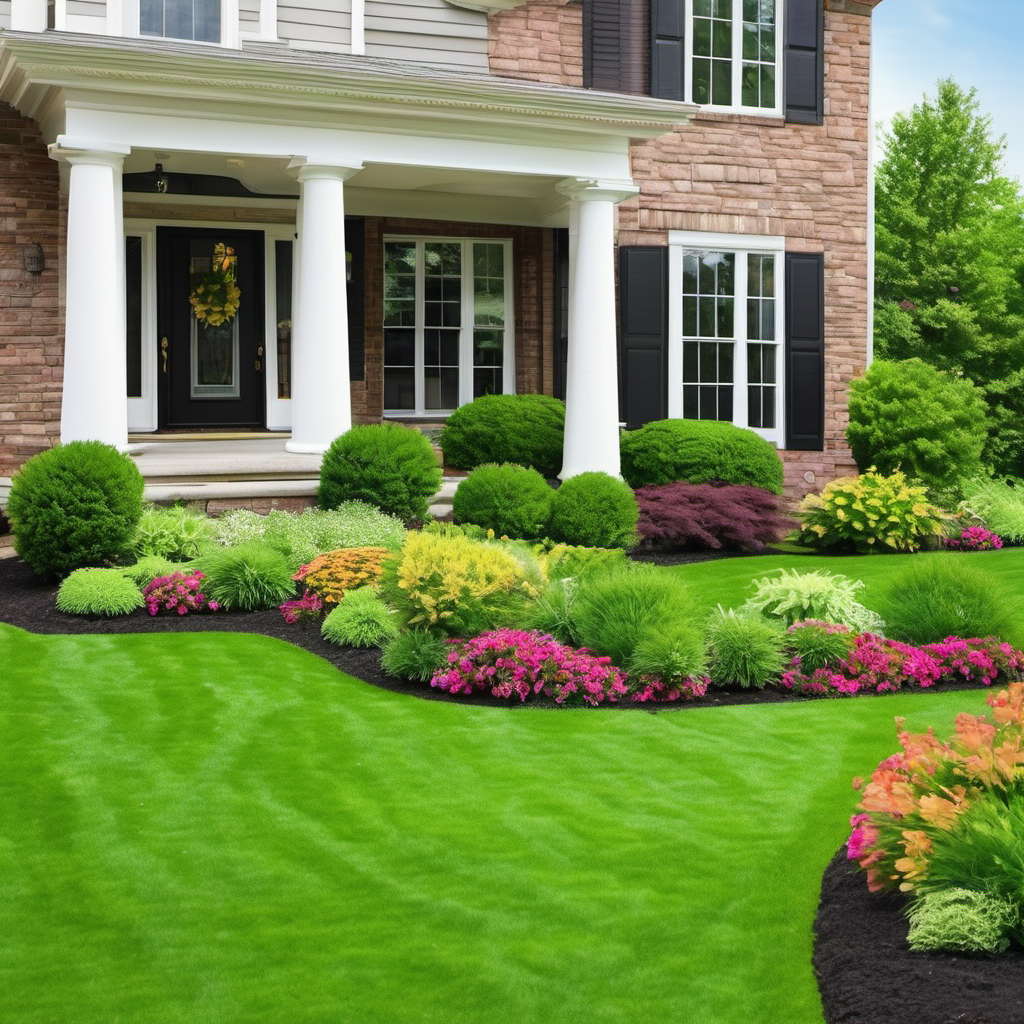
A lush, green lawn is the goal of every homeowner, but it requires careful maintenance and a keen understanding of the challenges that can undermine your efforts. One of the major, often overlooked, hurdles in achieving a beautiful lawn is thatch. Managing thatch properly is essential to the overall health and appearance of your lawn. This blog post aims to provide comprehensive information on what thatch is and how to maintain it effectively.
Thatch is essentially a mix of organic materials including dead grass, roots, and other plant debris. It forms a layer that lies between the green vegetation and the surface of the soil in your lawn. This layer is a natural part of your lawn's ecosystem and plays a crucial role in shielding the soil from extreme weather conditions and minimizing water evaporation. While thatch is beneficial in moderation, an overabundance can lead to complications. High levels of thatch can become problematic and pose significant challenges to the overall health, growth, and aesthetics of your lawn. In the following sections, we will delve into the problems caused by excessive thatch and discuss various methods to effectively manage and maintain it.
Having too much thatch can create a host of problems for your lawn. When thatch builds up, it forms a thick layer that blocks crucial resources such as water, air, and nutrients from reaching the soil and grass roots. This barrier can result in your grass showing signs of stress, such as a dry and patchy appearance. Furthermore, a dense layer of thatch can create an ideal habitat for harmful pests and disease-causing organisms, potentially leading to further degradation of your lawn's health and aesthetic appeal. Therefore, while a moderate amount of thatch is beneficial, allowing it to accumulate excessively can adversely affect your lawn.
Detecting early signs of thatch accumulation is crucial for maintaining lawn health. You may have a thatch problem if your grass feels spongy underfoot, suggesting a dense layer of organic matter beneath the surface. Another indicator of excessive thatch is when water seems to run off the lawn rather than soaking into the soil, indicating that water is unable to penetrate the thatch barrier. Grass patches that appear discolored or patchy can also be a sign of thatch accumulation blocking essential nutrients from reaching the roots. Lastly, if you notice an uptick in pest activity, it may be due to the thick thatch layer providing an ideal habitat for these unwanted guests. Regular inspections of your lawn can help you spot these signs early and tackle the problem before it severely affects your lawn's health.
Maintaining a healthy lawn is an ongoing process and keeping thatch levels in check plays a pivotal role in this practice. Consistent lawn care activities such as frequent mowing can prevent excessive thatch accumulation. When you mow, ensure that only the top third of the grass blades are trimmed to avoid contributing to thatch buildup. Adequate watering also assists in decomposing the thatch layer, while overwatering may encourage thatch growth. Using a fertilizer regularly but sparingly can promote healthy grass growth without encouraging the buildup of excessive thatch. Implementing a mulching mower can be beneficial as it chops up the clippings finely, allowing them to decompose more quickly and add nutrients back into the soil. By integrating these simple strategies into your regular lawn care routine, you can help manage and control thatch levels effectively.
When a thick thatch layer, over half an inch, is choking your lawn, core aeration is an effective remedy. This technique involves the removal of small soil and thatch plugs from your lawn. The process of core aeration is like punching holes into the lawn's surface, and it's a strategic way to break through the excessive thatch barrier. By doing this, you allow crucial resources like air, water, and nutrients to reach the roots of your grass more efficiently. These small pockets created through aeration also provide a space for grassroots to spread, improving the overall strength and health of your lawn. While you can rent an aerator to perform this task, keep in mind that the process can be labor-intensive and requires some expertise to avoid damaging your lawn. Therefore, hiring a professional might be a sensible option in some cases. Nevertheless, whether performed manually or professionally, core aeration can be a game-changer for lawns struggling with excessive thatch.